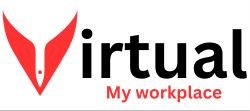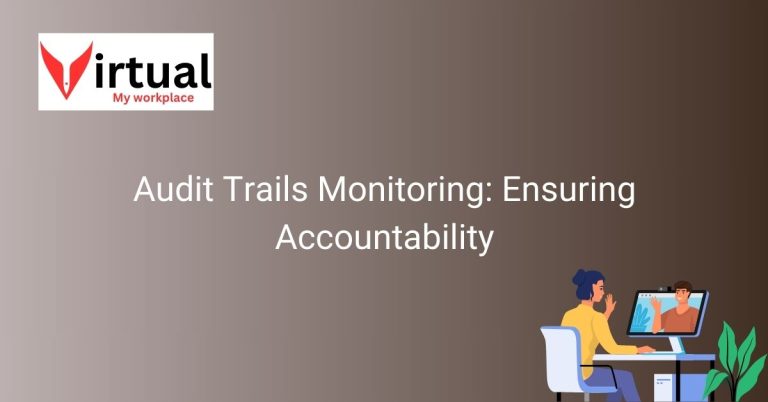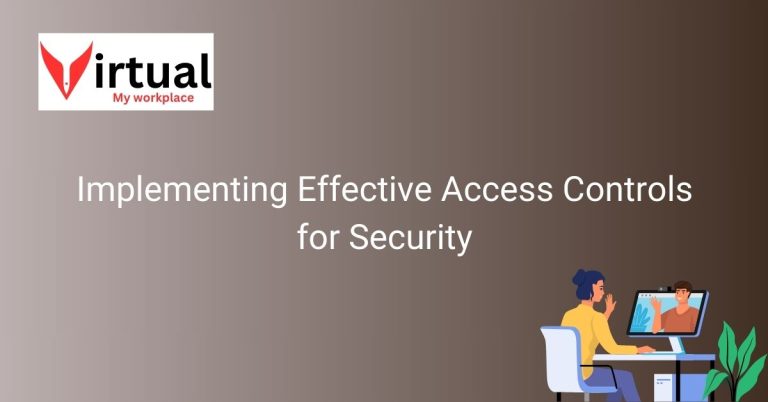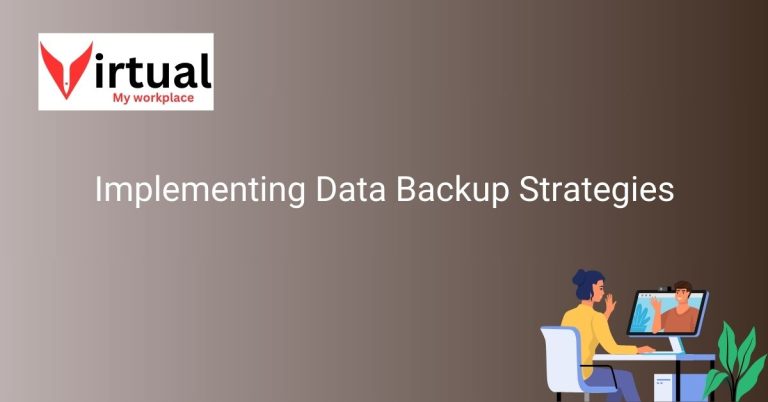User Access Roles: A Comprehensive Guide
Understanding user access roles is essential in any virtual workplace. By defining different roles and permissions, organizations can ensure that sensitive information is protected and that employees have the necessary access to perform their tasks efficiently. User access roles help maintain security and streamline operations within my virtual workplace.
With a comprehensive guide on user access roles, individuals can learn about the different levels of access, such as admin, manager, and regular user. This knowledge can empower employees to navigate the virtual workspace effectively, understanding their responsibilities and limitations. By implementing a clear user access roles system, my virtual workplace can operate smoothly and securely.
Importance of User Access Roles
User access roles play a crucial role in maintaining security and organization within a virtual workplace. By assigning specific roles and permissions to individuals, organizations can control who has access to sensitive data and resources. This helps prevent unauthorized access and ensures that employees can only view or modify information relevant to their job responsibilities. Implementing user access roles is essential for protecting confidential information and maintaining a secure virtual environment.
Different Levels of Access Explained
In a virtual workplace, user access roles typically include different levels of access such as admin, manager, and regular user. Admins have the highest level of access, allowing them to configure settings, manage users, and make system-wide changes. Managers have slightly restricted access compared to admins, while regular users have limited access to specific functions based on their job roles. Understanding these different levels of access is crucial for effectively managing permissions and ensuring that employees can perform their tasks efficiently.
Benefits of Implementing User Access Roles
Implementing user access roles offers numerous benefits for organizations operating in a virtual workplace. By assigning roles and permissions, businesses can reduce the risk of data breaches and unauthorized access. User access roles also help improve efficiency by ensuring that employees have access to the resources they need to complete their tasks. Additionally, implementing user access roles can enhance collaboration by allowing team members to share information securely and collaborate on projects effectively.
Responsibilities of Admin, Manager, and Regular User
Each user access role comes with specific responsibilities and limitations. Admins are responsible for managing user accounts, configuring system settings, and ensuring overall security within the virtual workplace. Managers are tasked with overseeing team members, assigning permissions, and monitoring user activity. Regular users have the responsibility to adhere to company policies, follow access guidelines, and use resources efficiently. Understanding these responsibilities is essential for maintaining a secure and productive virtual workspace.
Security Measures for User Access Roles
Security measures play a critical role in ensuring the effectiveness of user access roles. Organizations should implement strong authentication methods, such as multi-factor authentication, to verify user identities and prevent unauthorized access. Regular auditing of user permissions and activity can help detect any anomalies or unauthorized actions. Encryption of data and regular security training for employees are also essential security measures to protect sensitive information within the virtual workplace.
Streamlining Operations with User Access Roles
By implementing user access roles, organizations can streamline operations and improve efficiency within the virtual workplace. Assigning specific roles and permissions based on job responsibilities ensures that employees have access to the resources they need to perform their tasks effectively. This helps reduce unnecessary delays or bottlenecks in workflows and promotes a more organized and productive work environment. User access roles play a key role in optimizing operations and ensuring that employees can collaborate seamlessly.
Training Employees on User Access Roles
Proper training on user access roles is essential for ensuring that employees understand their roles and responsibilities within the virtual workplace. Organizations should provide comprehensive training on how to use the access control system, adhere to security protocols, and report any suspicious activity. By educating employees on the importance of user access roles and best practices for maintaining security, organizations can enhance overall data protection and promote a culture of cybersecurity awareness.
Best Practices for Managing User Access Roles
Implementing best practices for managing user access roles is crucial for maintaining a secure and efficient virtual workplace. Organizations should regularly review and update user permissions based on job changes or role adjustments. It’s important to conduct regular audits of user access to ensure compliance with security policies and regulations. Providing clear documentation on user access roles and responsibilities can help employees understand their permissions and limitations. By following best practices for managing user access roles, organizations can enhance security, streamline operations, and promote a productive work environment.”
Frequently Asked Questions
Get answers to commonly asked questions about user access roles in a virtual workplace.
What are user access roles?
User access roles define the level of permissions and restrictions given to individuals within an organization. These roles determine what actions users can perform and what data they can access.
Why is it important to define user access roles?
Defining user access roles is crucial for maintaining security and privacy within a virtual workplace. By assigning specific roles and permissions, organizations can control who has access to sensitive information and ensure that tasks are carried out efficiently.
What are the different levels of access in user access roles?
Common levels of access include admin, manager, and regular user. Admins have the highest level of access, allowing them to make system-wide changes, while managers have more restricted access. Regular users typically have limited permissions for basic tasks.
How can user access roles streamline operations?
By clearly defining user access roles, organizations can streamline operations by ensuring that employees have the necessary access to perform their tasks. This helps prevent unauthorized access to sensitive information and reduces the risk of data breaches.
What are the best practices for implementing user access roles?
Best practices for implementing user access roles include regularly reviewing and updating roles, providing training on role responsibilities, and enforcing strong password policies. It’s essential to monitor user activity and adjust roles as needed to maintain security.







